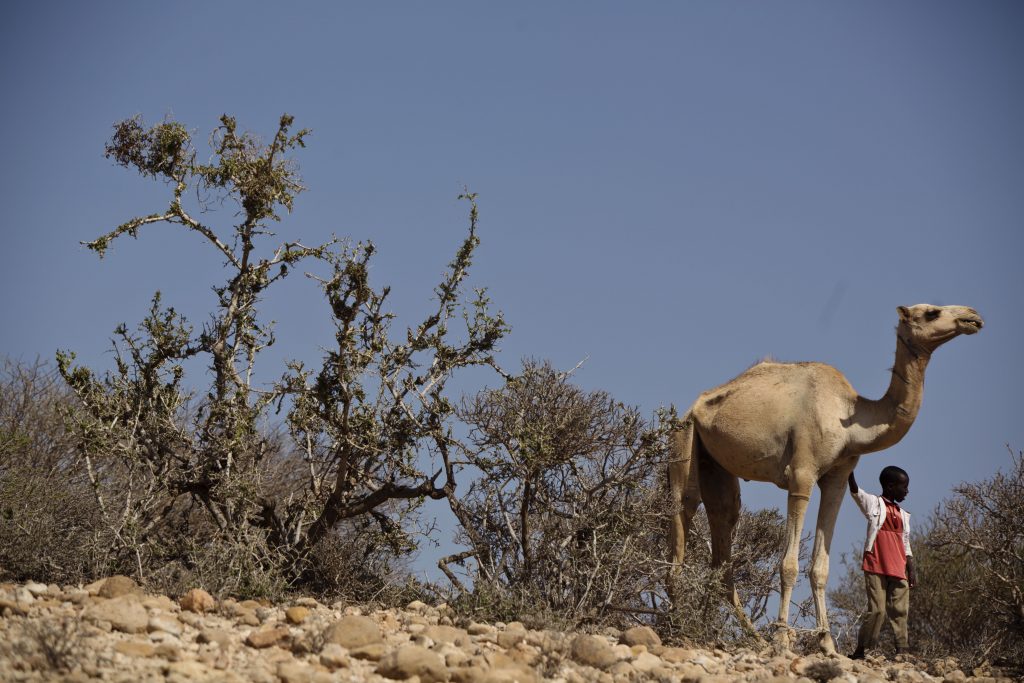This paper details how exposure to new clinics, diagnostic technologies, and pharmaceuticals during humanitarian relief operations in the Somali Region of Ethiopia shaped local pluralistic health systems and altered the ways in which residents subsequently conceived of and treated illness and disease. Despite rising demand for pharmaceuticals and diagnostic technologies among Somalis in Ethiopia, local ethnophysiologies continued to draw upon popular ideas about humoral flows, divine action, and spirit possession. Demands for therapeutic camel milk, Qur’anic spiritual healing, herbal remedies, and other historically popular therapies persisted, but were shaped by concurrent demands for and understandings of diagnostic biotechnologies and pharmaceutical medications.
The reverse was also true: contemporary understandings and uses of non-biomedical healing modalities among Somalis shaped evaluations of clinical care, including healthcare during humanitarian responses. to illustrate these phenomena, based on ethnographic research in eastern Ethiopia between 2007 and 2009, this paper explores three topics vital to Somalis’ pluralistic healthcare systems: camel milk and the management of digestive bile; women’s experiences and clinical presentations with pain and disorder in their reproductive systems; and the rising popularity of high-tech diagnostic tests. I conclude that medical humanitarian aid never happens in a vacuum or among truly treatment-nave populations. Instead, aid unfolds within everchanging and pluralistic health cultures, and it permanently alters and is altered by the frames within which people evaluate and make future decisions about healthcare.



